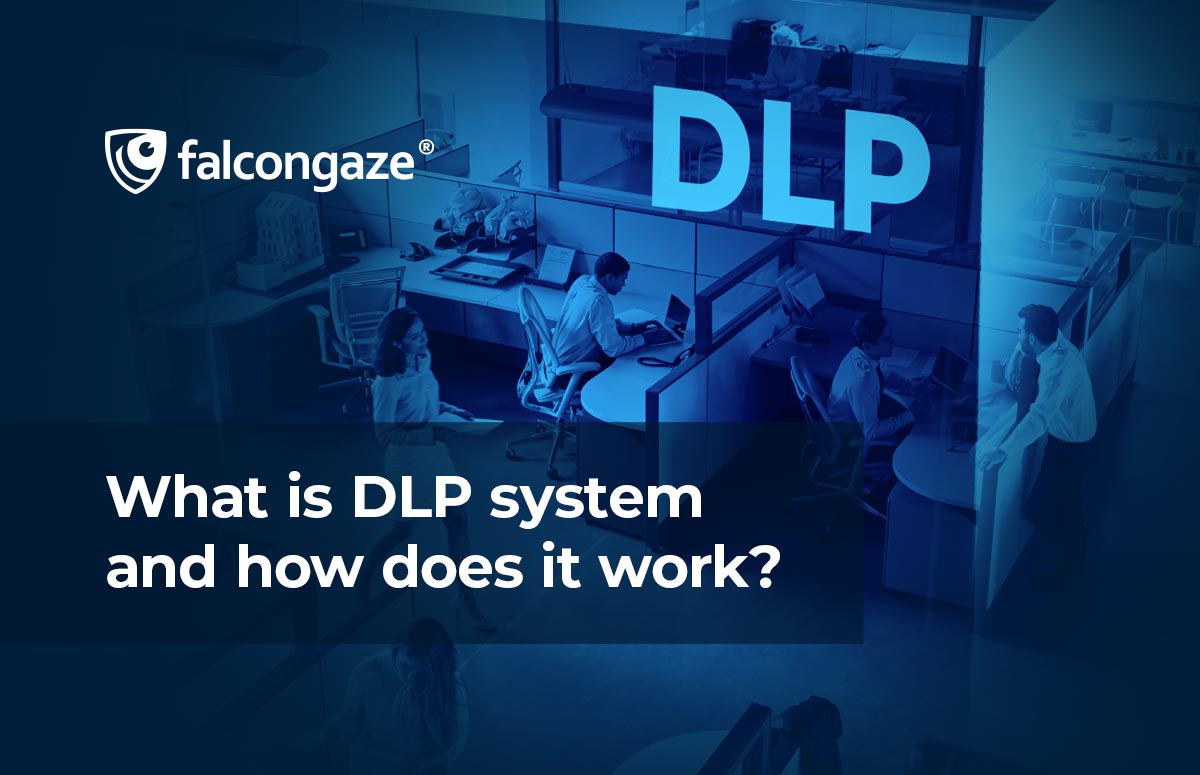

Fighting Corruption in the Company
Corruption is a malicious activity affecting many companies. As a rule, it is about abuse of trust. The cause is that the employees have access to assets along with the ability to make a crime without punishment.
This doesn’t mean that all the trusted employees are fraudsters. However having ability to fraud is the first component to corruption.
Corrupt behavior can take various forms such as receiving or offering bribes, influencing, blackmail, fraud, theft, embezzlement, forgery, nepotism, etc.
Mind that corruption is always intentional acts, so it’s not about mistakes.
SCHEMES
It’s common to have corruption as a scheme which involves more than one employee. In other words, most often this is not one-on-one behavior. The schemes of corruption are
- Manager to manager
Top managers are involved. Conspiring they literarily steal company assets in a huge amount forging the signatures and stamps. Ultimately, they take away the resources without even noting the future of company and other employees.
- Manager to supplier
Managers of different levels conspire with suppliers or other counterparties. Due to intentional falsification of information on supplies (for example, overpricing) fraud benefits both supplier and corrupt manager.
- Mid-level managers to junior staff
A corrupt manager involves junior staff in the crime scheme. This type of corruption is highly spread among mid-level managers and their subordinate employees, which take such behavior as a 'norm' for working relations. Such corrupt behavior is the worst scheme. The employees get direct access to company assets. The amounts are lower comparing to the mentioned above but it’s harder to detect as well. This corruption scheme is the most common to happen.
- Junior staff to junior staff
Corruption on this level is harmful too. This includes covering up one another's minor crimes and a habit formation, which intends to continue while getting to a higher office. Moreover, financial audit at year-end might reveal that such seemingly minor offenses has led to large losses.
CONNECTED CONDITIONS
There are three conditions connected to corruption:
- Pressure – an employee is under financial pressure no matter what has caused it.
- Ability – an employee has access to assets and confidence that the fraud could be done and kept in secret.
- Self-justification – an employee justifies his actions with a sense of resentment (‘the company doesn't appreciate me so it owes me’)
PRECONCEPTION
To suspect corruption one ought to give up some false conceptions such as
- There are no criminals in the company because we simply don’t hire them. However, most corrupt employees had never been condemned or punished by a previous employer.
- Corrupt behavior is about just newly recruited employees or those who has worked not for long. However, it’s common to find corrupt employees among those who has been working in company for 10 years and more and are trusted by owners or higher management.
- Supervisor can’t be corrupt because he’s a good, hardworking and trustworthy man. Actually, fraudsters are among privileged users with access to assets as well they are trusted employees.
POSSIBLE INDICATORS OF CORRUPTION
- inexplicable decline in company profit;
- employees who live beyond their means (luxury, expensive cars, etc.);
- or on the contrary live in extremely difficult financial situation;
- vague explanations on large or unusual expenses;
- dissatisfied employees constantly complaining of being underappreciated at work;
- employees who refuse to take vacation or day off;
- inaccuracy in the documentation.
OVERCOMING
Includes:
- assessment of corruption risks - identify potentially weak areas, probability of incident and possible damage as well as work out countermeasures;
- assessment of the perimeter of protection - choose means of prevention (designed to prevent incidents of corruption) and investigation (timely detecting the facts);
- creation of specific corporate culture by owners, top management and other officers in-charge - develop a corporate policy against corruption behavior and adhere to it;
- protection of company assets and toughening of internal control along with proper segregation of duties.
To fight against corruption special techniques and means of its prevention detection and subsequent investigation are required. Data in modern company circulates in digital form. That means the information flow contains everything that happens in organization including the facts of corruption along with its indicators. That leads to understanding that ways to overcome corruption are impossible without analysis of information flows by the security service in particular using the DLP system. The software controls access to valuable assets and maintains an operation log, which allows to detect and check any suspicious actions. Moreover, DLP notifies security officer of suspicious facts according to the set security rules. The software shows any communications between employees, tracks the transferred files as well as possible malicious arrangements. Only using DLP system it is possible to create a reliable perimeter of the company's protection and overcome corruption.
Moreover, it’s highly important to create a specific corporate culture that cares of personnel. That would be the best prevention of corruption because it increases the employee's comfort of being in the workplace as well as his respect to the company. Accordingly, the psychological barrier grows making harder for employee to cross it and commit a crime.
Therefore, direct protection of assets through technical means as well as healthy corporate culture will contribute to the maximum reduction of malicious behavior. Only by following these recommendations you could minimize the risks of corruption within the company.







.png)




